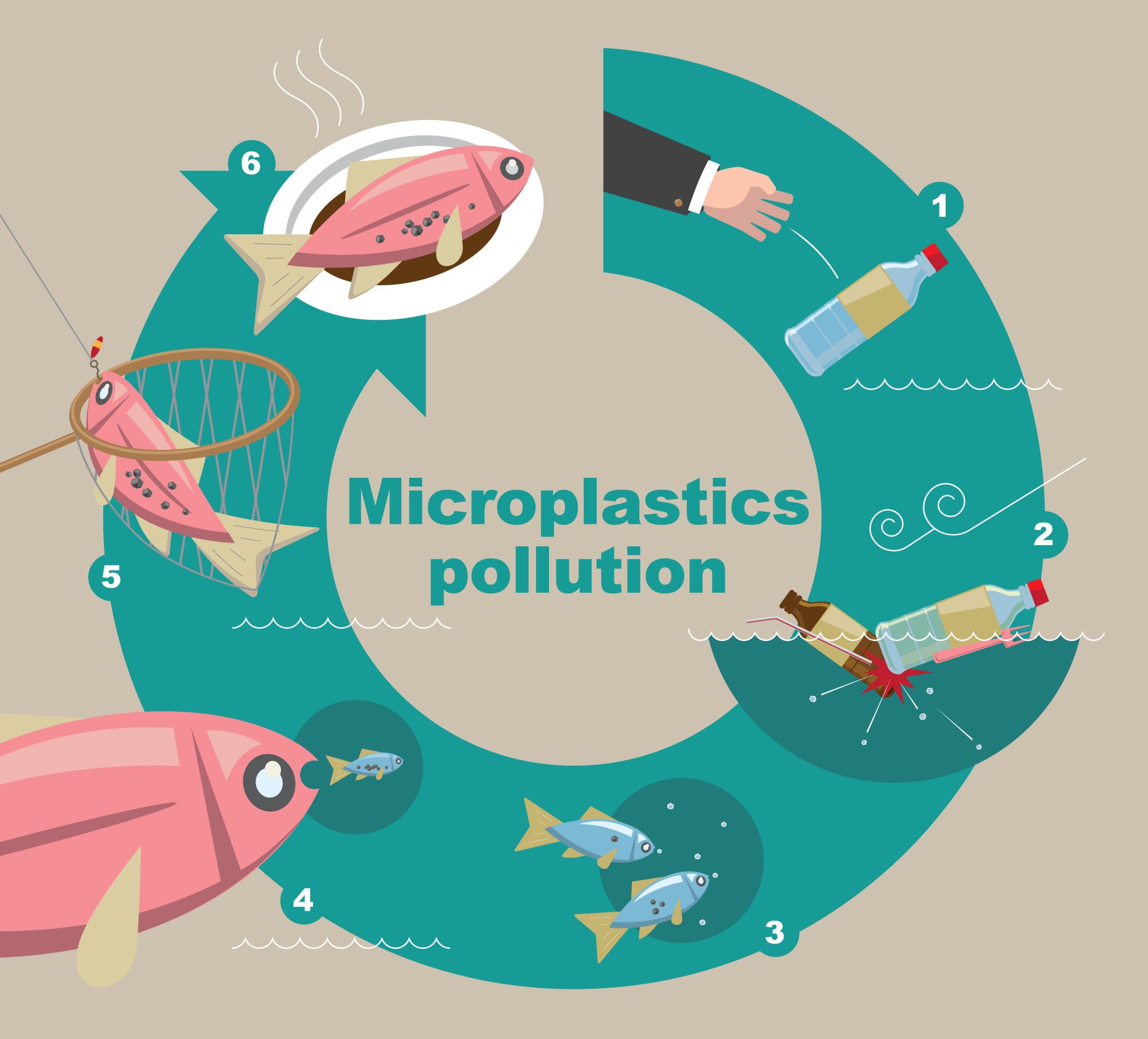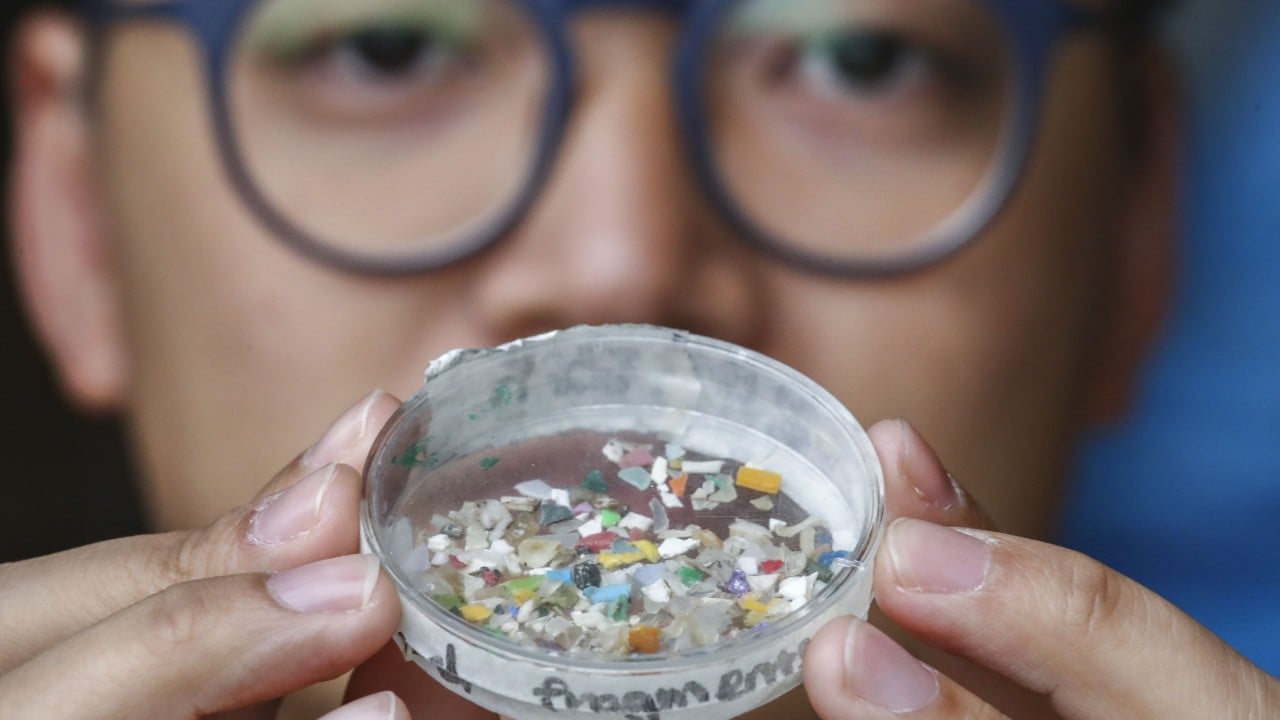Malaysia ranks the highest among 109 countries for consuming microplastics, a recent study found.
The study, published in the Environmental Science and Technology journal, found that Malaysians eat an average of 502.3mg of microplastics daily per capita.
It noted that more than 50 per cent of Malaysia’s microplastic consumption came from fish.
Malaysia was also recorded among the top 10 countries that inhaled the most microplastic particles, at an estimated 494,000 microplastic particles a day per capita, according to the study.
“Our study found that rapidly industrialising countries such as Indonesia, Malaysia, the Philippines and Vietnam topped the microplastic uptake globally, originating from high seafood consumption,” the report said.
Microplastics – plastic particles smaller than 5mm – are commonly found in freshwater and marine environments, where they are ingested by organisms that are then consumed by humans.

Industrial development has driven increasing levels of plastic pollution, said the study’s authors Xiang Zhao, a professor from the National University of Defence Technology in China, and Fengqi You, a professor in energy systems engineering at Cornell University in the US.
“Dietary microplastics involve those accumulated in foodstuffs and the material losses from plastic use in food and drink production, processing, and final product packaging,” they said.
“Meanwhile, airborne microplastics mainly originate from the abrasion of plastic materials, such as those in tyres and blow-ups from aquatic plastic particulates.”
One major source of aquatic microplastics is mismanaged plastic waste run-offs from landfills or open dumping, the study found.
“These plastic particulates can contaminate water systems and microplastics in freshwater and saltwater environments, are then dispersed via water currents or air transmission and penetrate into the food chain,” it said.

Airborne and dietary microplastic uptake increased more than six-fold from 1990 to 2018 across Asia, Africa, and America, including China and the United States, according to the study.
The authors said that by eradicating 90 per cent of global aquatic plastic debris, microplastic uptake can be decreased by more than 48 per cent in Southeast Asian nations, where most of the world’s microplastic uptake is recorded.
“To reduce microplastic uptake and potential public health risks, governments in developing and industrialised countries in Asia, Europe, Africa, and North and South America should incentivise the removal of free plastic debris from freshwater and saltwater environments through advanced water treatment and effective solid waste management practices,” they added.
This article was first published by The Star


